TAMPA BAY HISTORY LESSON
CUBA WITHOUT A PASSPORT
Visitors to Tampa Bay can make a side trip to Cuba without needing their passports. Tampa Bay’s historic Latin Quarter, Ybor City, is home to a genuine piece of Cuban territory – José Martí Park, dedicated to the memory of the poet, journalist, and firebrand who led the island’s revolution against Spanish rule in the 1880s and 1890s.
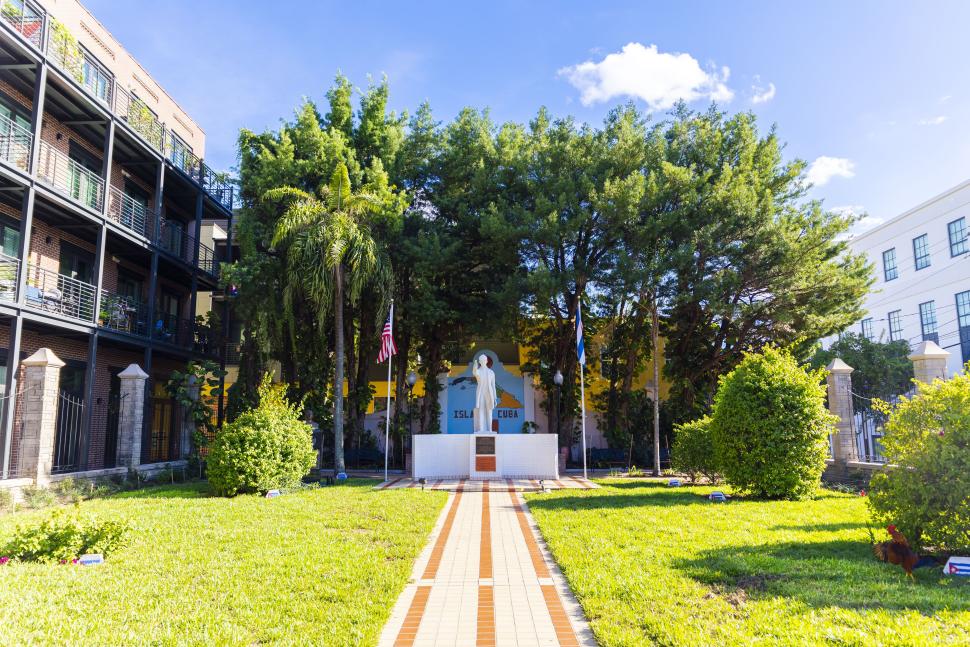
José Martí Park
📍: Corner of 8th Ave and 13th St, Tampa, FL
Did you know you can visit a piece of Cuba right here in Tampa Bay—no passport required? Nestled in the heart of historic Ybor City, José Martí Park is a hidden gem and an enduring symbol of the community ties between Tampa Bay and Cuba. Dedicated to José Martí, the poet, journalist, and revolutionary leader who fought for Cuba’s independence, the park features a striking statue of Martí, alongside plots of soil brought from different parts of Cuba. This small yet significant park, located at the corner of 8th Avenue and 13th Street, is officially owned by the people of Cuba, making it one of the only pieces of Cuban soil in the United States.
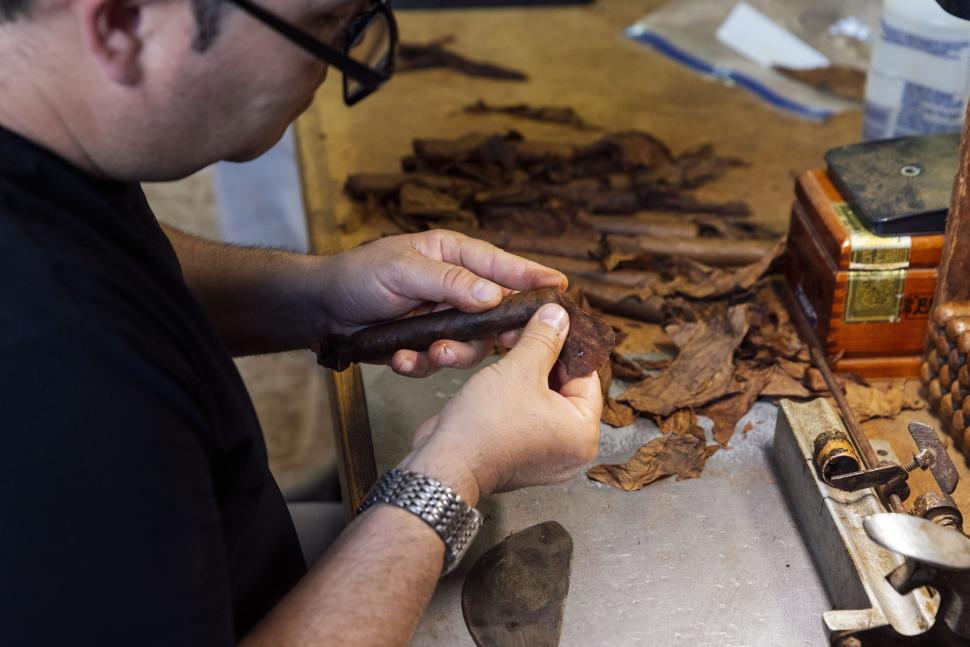
Roll With Tradition
Once the Cigar Capital of the World, Ybor City continues to honor its legacy through the time-honored craft of hand-rolled cigars. Skilled artisans still roll cigars using techniques passed down for generations, preserving a tradition that helped shape Tampa Bay’s identity. Visitors can experience this firsthand at Corona Cigar Co. or take a deep dive into history at J.C. Newman Cigar Co., the last operational cigar factory in the U.S. Built in 1910, its El Reloj factory offers guided tours, museum exhibits, and even hands-on rolling classes, allowing guests to connect with the craftsmanship that made Ybor City famous.

Play Dominoes Like a Local
📍 : Ybor City Museum State Park
Located in the historic Ferlita Bakery building, Ybor City Museum State Park offers a deep dive into the rich history of Tampa Bay’s cigar industry and immigrant communities, particularly the Spanish, Cuban, and Italian influences that shaped Ybor City. Through engaging exhibits, historical artifacts, and a beautiful Mediterranean-style garden, visitors can explore the district’s evolution from a cigar-making powerhouse to a vibrant cultural hub. Just outside, you can play dominoes, a true slice of Cuban tradition, a beloved pastime that remains a symbol of community and connection.
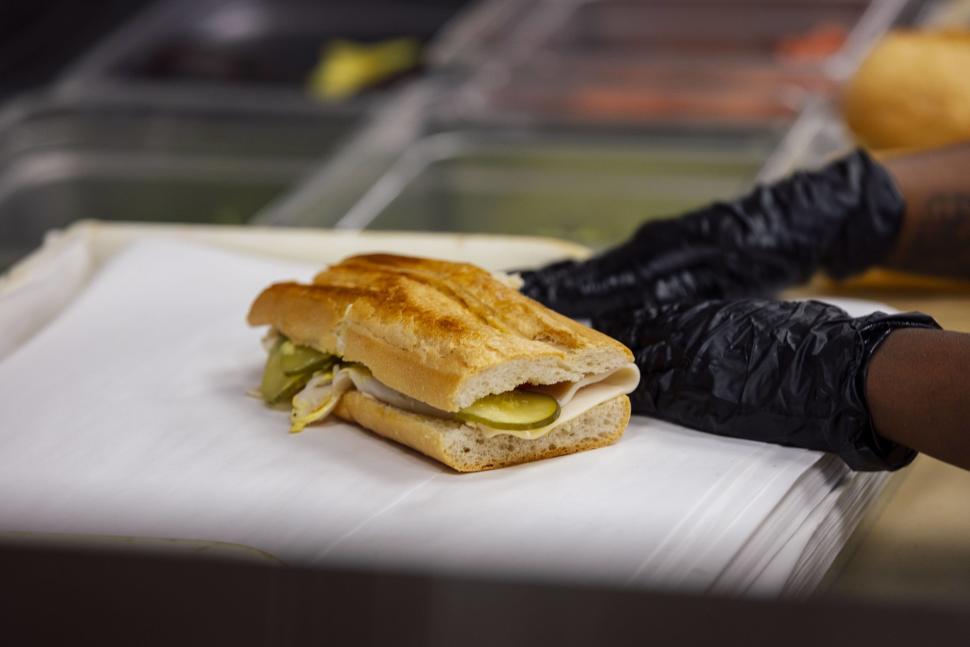
The Best Cuban Sandwiches
No journey through Cuban culture in Tampa Bay is complete without indulging in the city’s signature dish—the Cuban sandwich. This delicious creation, layered with roast pork, ham, Swiss cheese, pickles, and mustard on Cuban bread, was born right here in Ybor City.

Step Inside the Historic Cuban Club
📍: 2010 N Avenida Republica de Cuba, Tampa
Once a social and cultural hub for Tampa Bay’s Cuban immigrants, the Cuban Club stands as a testament to the community that shaped Ybor City. As early as 1899 Cuban immigrants formed recreational societies and in 1902 Cuban workers founded “El Circulo Cubano” which means “Circle of Cubans.” It was a mutual aid society to create a community and to offer assistance and help the sick. The club hosted lively dances, musical performances, and social gatherings. Today, the building remains a stunning example of Cuban architecture and continues to welcome visitors for special events, concerts, and celebrations.
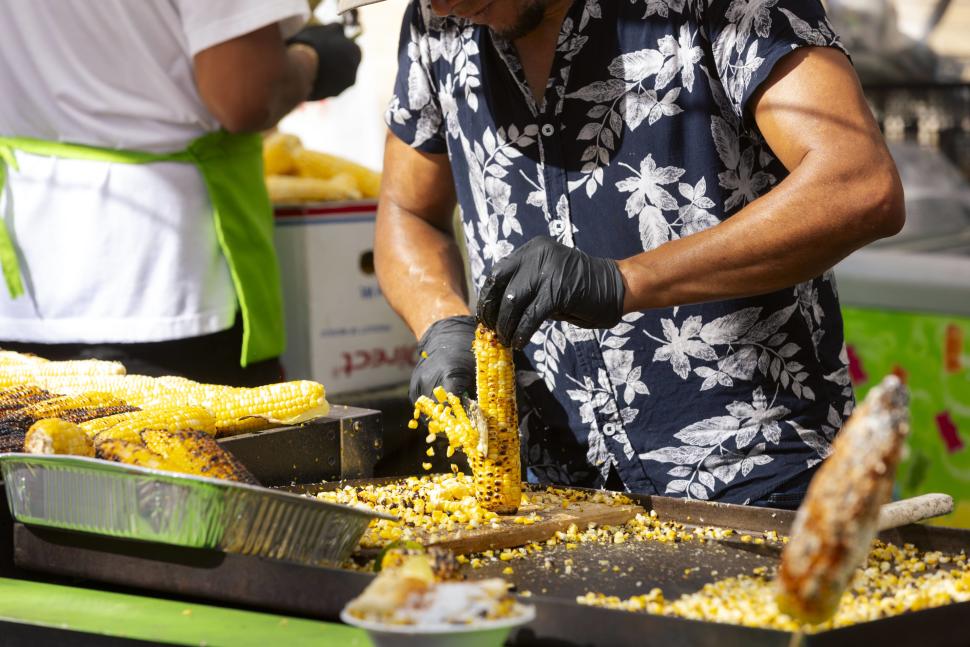
Celebrate Cuban Culture
Celebrate the vibrant flavors, music, and traditions of Cuban and Latin American culture at the FORD Florida Taste of Latino Festival. Held in the heart of Ybor City, this lively event brings together the best of Latin cuisine, from classic Cuban sandwiches and lechón (roast pork) to sweet guava pastries and café con leche. Enjoy live music, dance performances, and cultural showcases. Whether you're indulging in authentic dishes, watching local chefs in action, or dancing to the sounds of salsa and merengue, this festival is a must-visit for food lovers and culture enthusiasts alike.
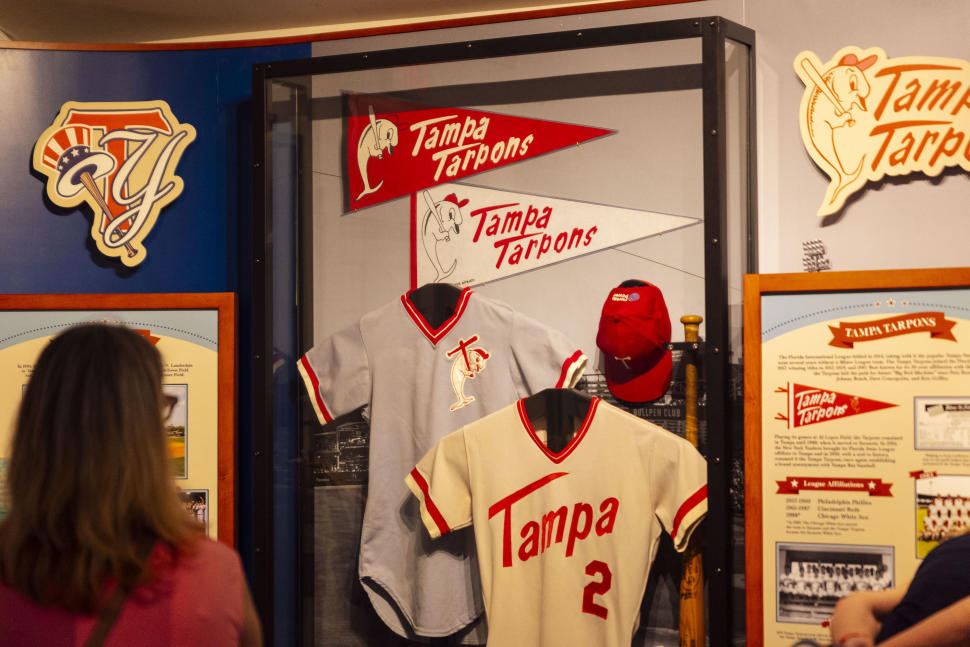
Step Up to the Plate
Baseball has been a cornerstone of Tampa Bay’s history for over a century, and the Tampa Baseball Museum at the Al López House celebrates the deep ties to America’s favorite pastime. Housed in the childhood home of Al López, Tampa’s first Major League Baseball player and Hall of Famer, the museum showcases the stories of legendary players and the sport’s influence on the community. Exhibits highlight Tampa’s baseball legacy, from its early Cuban and Latin American connections to the rise of minor league teams like the Tampa Smokers. Whether you're a lifelong fan or just discovering the city’s deep baseball roots, this museum is a home run for history buffs and sports lovers alike.

Devil Crab
Crunchy on the outside, tender and flavorful on the inside—Tampa Bay’s devil crab is a must-try for any food lover. This golden, deep-fried delicacy is packed with blue crab meat, breadcrumbs, and a zesty blend of spices, creating a perfect balance of savory, sweet, and spicy flavors. Born from necessity in the early 1900s, devil crab originated in Ybor City’s cigar factories, where Cuban, Spanish, and Italian workers turned simple ingredients into a satisfying meal. The dish quickly became a local favorite, with its irresistible combination of crunchy exterior and seasoned seafood filling. Today, devil crab remains at Tampa Bay staples, from food trucks to family-owned restaurants.